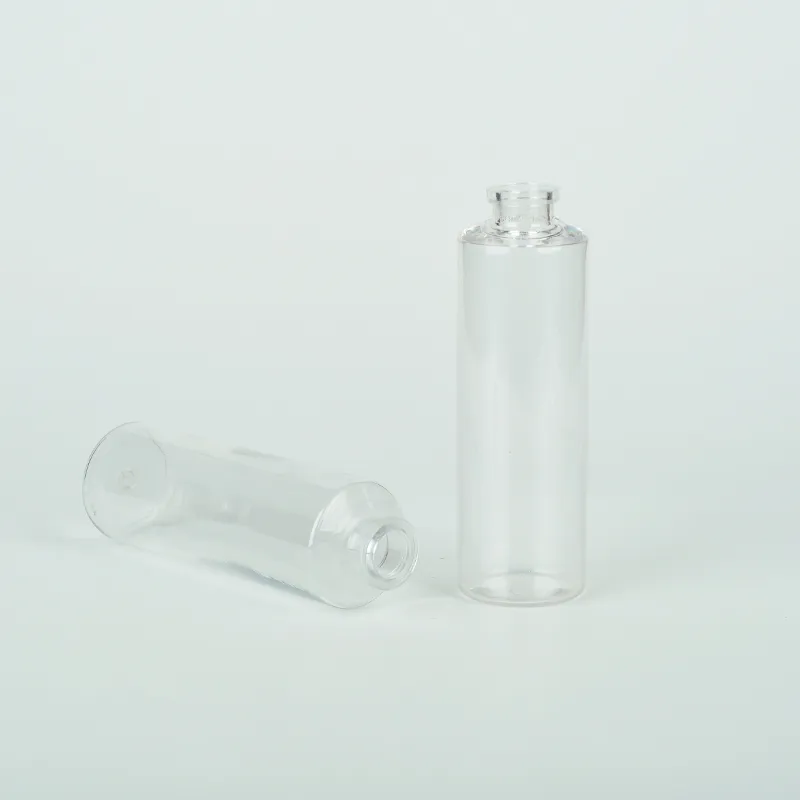graduated centrifuge tubes
Understanding Graduated Centrifuge Tubes Essential Tools in Laboratory Settings
Graduated centrifuge tubes are critical tools in various laboratory settings, particularly in biological, chemical, and medical research. These tubes are designed to withstand the high centrifugal forces generated when samples are spun in a centrifuge, facilitating the separation of components based on their density. In this article, we will explore the various aspects of graduated centrifuge tubes, including their design, applications, advantages, and best practices for use.
Design and Features
Graduated centrifuge tubes are typically made from polypropylene or polycarbonate, materials chosen for their durability and resistance to various chemicals. The graduated markings on the tubes allow for accurate measurement of liquid samples, which is essential for experimental reproducibility. These tubes come in various sizes, typically ranging from 15 mL to 50 mL, although smaller and larger sizes are also available depending on specific research needs.
One notable feature of graduated centrifuge tubes is their conical bottom design. This design helps to minimize sample loss by allowing particles to settle into the narrow point of the cone during centrifugation. The tubes often come with snap-on or screw caps, which provide a secure seal to prevent contamination and leakage during the centrifugation process.
Applications
The applications of graduated centrifuge tubes are vast and varied. In biological research, they are widely used for cell culture, protein purification, and DNA extraction. The ability to precisely measure liquid volumes allows researchers to prepare accurate concentrations of solutions, which is crucial for consistent results.
In clinical laboratories, graduated centrifuge tubes are important for processing blood samples. They allow for the separation of plasma and serum from red blood cells, enabling further analysis of biochemical parameters. Additionally, in pharmaceutical laboratories, these tubes are used for the formulation of drug compounds, where precise measurements are vital for dosage and efficacy.
Graduated centrifuge tubes are also employed in environmental science. They can be used for sediment analysis, where soil or water samples are separated to assess pollutant levels or nutrient content. Their versatility makes them indispensable in many scientific fields.
graduated centrifuge tubes

Advantages of Graduated Centrifuge Tubes
The use of graduated centrifuge tubes offers several advantages over other types of containers. One of the primary benefits is the ability to achieve high-speed separations efficiently. The robust design of these tubes allows for the safe handling of samples under high centrifugal forces, which can reach several thousand RPM.
Moreover, the graduated markings enhance precision, minimizing the risk of human error during measurements. This reliability is crucial, especially when conducting experiments that require specific concentrations of solutions. Additionally, many graduated centrifuge tubes are designed to be compatible with both manual and automated pipetting systems, increasing versatility in various laboratory applications.
Best Practices for Use
To ensure optimal results when using graduated centrifuge tubes, it is important to follow best practices. First, ensure that the tubes are properly balanced in the centrifuge. This means placing them opposite each other in the rotor to prevent damage to the centrifuge and ensure uniform separation.
Care should also be taken when filling the tubes. Overfilling can lead to spills during centrifugation, potentially compromising the integrity of the samples. It is advisable to fill the tubes to a level below the graduated markings to avoid this issue.
After centrifugation, proper handling is essential. Always use gloves and practice aseptic techniques to avoid contamination of samples. When storing samples in graduated centrifuge tubes, ensure they are appropriately labeled, reflecting the contents and any relevant experimental conditions.
Conclusion
Graduated centrifuge tubes are essential tools in laboratories, supporting a wide range of scientific endeavors from biological research to clinical analysis and environmental studies. Understanding their design and applications can enhance experimental outcomes and drive innovations across various fields. By adhering to best practices, researchers can ensure the reliability and accuracy of their results, maintaining the integrity of their scientific work. As technology continues to evolve, graduated centrifuge tubes will undoubtedly remain a staple in laboratory settings around the world.
-
Aesthetic Makeup Spray Bottles | Fine Mist Empty RefillableNewsAug.19,2025
-
White Plastic Veterinary Vaccine Vials | Lab Liquid BottlesNewsAug.18,2025
-
Plastic Medicine Liquid Bottle: Secure Flip Top Drug VialsNewsAug.17,2025
-
Durable 250ml Blue Plastic Vaccine Vial for Lab & Vet UseNewsAug.16,2025
-
Sterile Virus Sample Tubes: Secure & Reliable Specimen CollectionNewsAug.15,2025
-
White 250ml Plastic Vaccine Vial for Lab & Vet MedicineNewsAug.14,2025
























